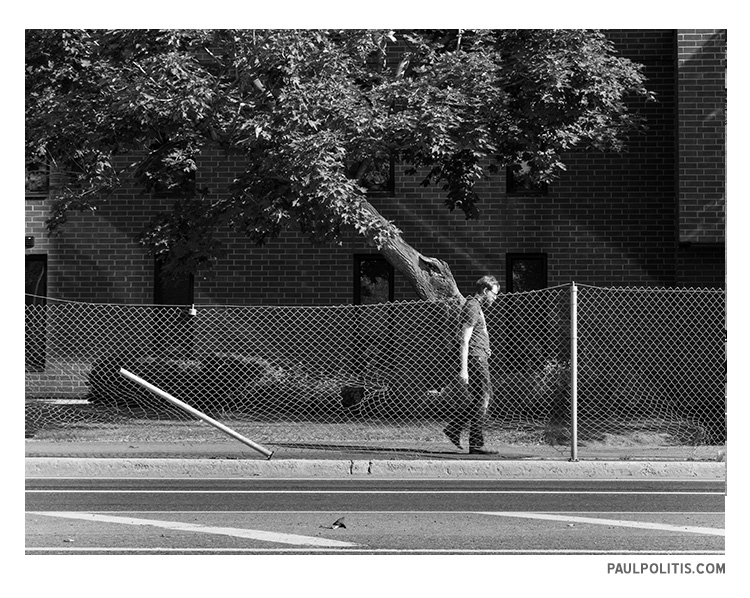

“Freud was right in linking play and phantasy, but he was surely wrong in believing that play and phantasy should be abandoned in favour of rationality. When I suggested that people who realized their creative potential were constantly bridging the gap between inner and outer worlds, I was not referring only to the creation of works of art or to the construction of scientific hypotheses, but to what Winnicott has aptly called ‘creative apperception’. Creative apperception depends upon linking subjective and objective; upon colouring the external world with the warm hues of imagination. Winnicott wrote:
“It is creative apperception more than anything else that makes the individual feel that life is worth living.” (Donald W. Winnicott, Playing and Reality)
It seems probable that there is always an element of play in creative living. When this playful element disappears, joy goes with it, and so does any sense of being able to innovate. Creative people not infrequently experience periods of despair in which their ability to create anything new seems to have deserted them. This is often because a particular piece of work has become invested with such overwhelming importance that it is no longer possible to play with it. What Gibbon referred to as ‘the vanity of authors’ sometimes makes them regard their work with such desperate seriousness that ‘playing around’ with it becomes impossible. Kekulé, describing the vision which led to the discovery of the ring structure of organic molecules […] said: ‘Let us learn to dream, gentlemen.’ He might equally well have said: ‘Let us learn to play.'”
— Anthony Storr, Solitude: A Return to the Self